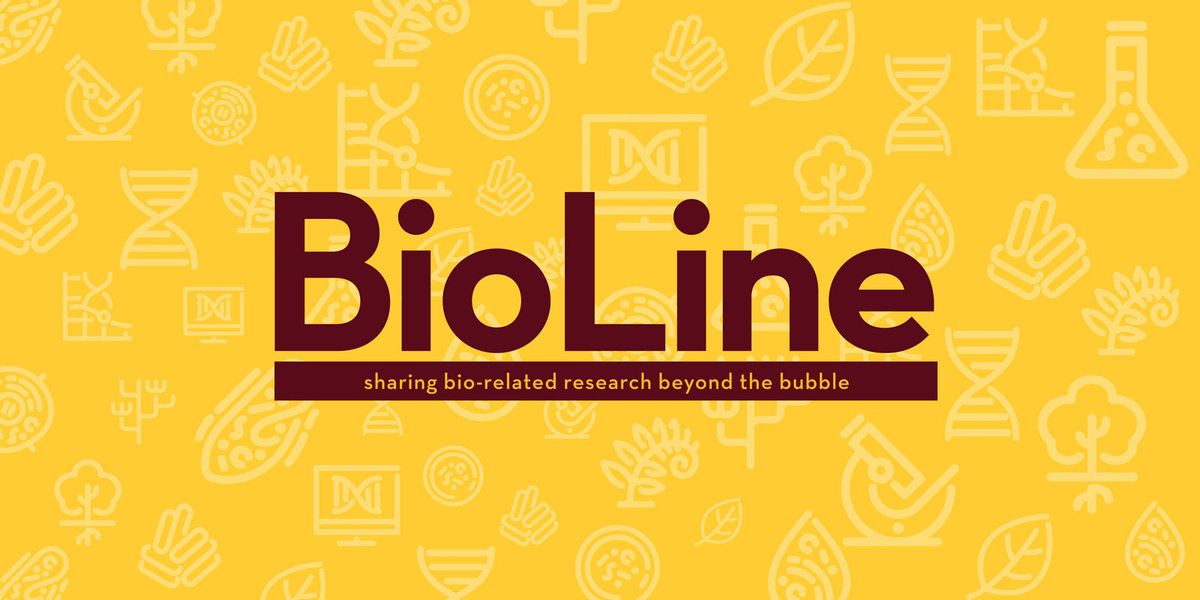
A small bumblebee travels swiftly through the air, searching for a flower to pollinate. It scans the field for vibrant colors and aromatic smells but finds that its timing is off. Flowers typically blossoming at this time of year don’t look quite ready, and the flowers it usually pollinates next month are already in full bloom.
The growing season is shifting because of climate change, and the bee population is declining. Pollinators can no longer depend on their internal clocks to know when to pollinate which flowers, and insects like moths and butterflies must pollinate more flowers to make up for missing bees.
In a recent study, scientists from the Voytas Lab at the University of Minnesota discovered that elements of fungi could generate neon light within plants. They believe that such technology might guide pollinating insects to flowers, allowing them to do their jobs more efficiently than ever before. We depend enormously on pollinating creatures, like bumblebees, to move pollen from one flower to another, and in doing so, maintain global food supplies.
“If you’ve ever sat around a campfire, you’ve probably seen moths circling the flame. If you could make plants whose flowers glow at night, you could have bugs fly to them, going flower to flower just like bees would,” said Arjun Khakhar, a leading researcher in the Voytas Lab. “This technology could increase those plant-pollinator interactions.”
Arjun and the team identified ways to implant light-producing molecules into tobacco plants. This tool holds the potential to attract pollinating insects to crops, which ultimately contributes to food production.
To create these light-producing effects, the team transformed a molecule commonly found in plants called caffeic acid – a chemical you’d find in your morning cup of coffee – into luciferin. When broken down, luciferin emits a glowing light. They put the genes into tobacco plants and monitored gene activity based on the neon light emitted from inside the plants.
Many living things possess the ability to produce light. Fireflies, for example, depend on luciferin to make their familiar warm glow. It is also not uncommon for researchers to use light-generating molecules to study plant genes over time. However, building these molecules requires excess chemicals, which are often expensive and do not always work the way they’re supposed to. Here, scientists discovered how to create these same luminescent effects without using potentially harmful or costly additives.
While this research does not offer a solution to rising temperatures and shifting seasons, it does show the promising potential to supplement a declining bee population and fight a growing food shortage issue around the world. Notably, this technology vastly expands the possibilities of genetic engineering in plants.
“Ten years ago, this idea of creating plants that produce their own light was restricted to science fiction. Now an average person can do it in the lab,” said Arjun.
While scientists continue to develop new applications for this technology, in the future, we may see our plants light up the night sky, guiding insects from flower to flower.
Years from now, a bumblebee sees a brilliant neon light glowing in the distance. They travel towards it and land in the center of five petals, successfully delivering its pollen and quickly moving towards the next glimmer of light. —Kira Sampson
Khakhar A, Starker CG, Chamness JC, Lee N, Stokke S, Wang C, Swanson R, Rizvi F, Imaizumi T, Voytas DF. Building customizable auto-luminescent luciferase-based reporters in plants. Elife. 2020 Mar 25;9:e52786. doi: 10.7554/eLife.52786. Erratum in: Elife. 2020 Jul 14;9: PMID: 32209230; PMCID: PMC7164954.